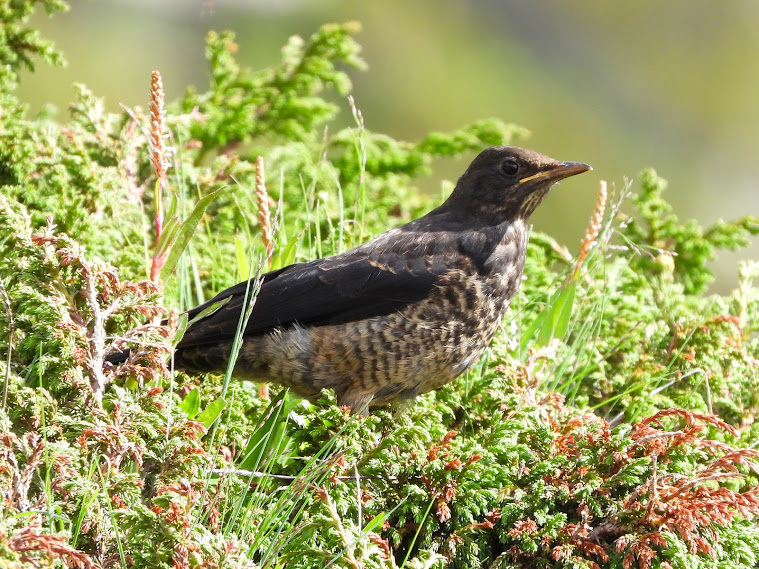This survey has indicated how healthy the wetlands and water bodies in Tamil Nadu are.
The bird survey in Tamil Nadu has presented a positive trend in the bird ecosystem as several near-threatened species were found existent in thousands in terms of numbers. The species found in large numbers with nestlings were Oriental Darter, Spot-billed Pelican, Eurasian Spoonbill, Painted Stork, and Black-headed Ibis. The dominant species among all recorded were the Spot-billed Pelican and Painted Stork. These near-threatened species were categorised as vulnerable by the International Union for Conservation of Nature (IUCN).
According to the inland wetland survey conducted by the state wildlife department, the census covered 339 wetlands of 25 districts. It comprised 14 inland water bird sanctuaries, including Vedanthangal. A synchronised survey was done to get a rough estimate of the population of both resident and migratory waterbirds to analyse the changing trends due to various environmental stressors.
Principal Chief Conservator of Forests and Chief Wildlife Warden of Chennai, Dr Shekhar Kumar Niraj, told The Sunday Guardian, “The survey was first time done to assess species richness in entire Tamil Nadu which has much importance and will serve at multiple fronts. Since birds are the indicators of how healthy their habitat is in the region, the census will play an important role in protecting the ecosystem. This survey has indicated how healthy the wetlands and water bodies in Tamil Nadu are. Next year, when we do the census again, we will do the comparison, which will help us identify the decline or increase in the health of the ecosystem and also help us identify environmental stressors including any impact of climate change if there would be any.”
He further added, “The reason of near-threatened species being found in thousands is because of good water and good growth of phytoplanktons and availability of fish that are supporting a large number of birds.”
The census stated that the Koonthankulam bird sanctuary and its satellite wetlands attracted the highest recorded Bar-headed Goose (around 2000).
“The uncommon Comb Duck was seen in numbers around 700 to 800 in the Koonthankulam tank and its satellite wetlands,” the survey read.
Among all the districts, Tirunelveli district recorded the highest population of waterbirds with numbers exceeding 33,000 of 41 waterbird species.
The survey suggested that due to heavy rains this year, all residents and migratory birds were seen to have scattered and spread to other wetlands rather than their traditional areas.
Jainey Maria, a bird enthusiast who has traveled the world over to understand birds and their habitats, told The Sunday Guardian, “This is the migration time all throughout the country and mostly all pelicans and all ducks prefer very good wetlands. In Tamil Nadu, there are very beautiful wetlands, even in Chennai outskirts and also down south like Kudankulam. All these areas have a breeding ground for these pelicans. Sometimes when the numbers are more, the reason could be eruptive migration, which generally happens in hard winter, but the reasons could vary. For one, it could be due to the unavailability of good wetlands in their flyway route in India. Secondly, it could be that other wetlands have dried up.”
According to the survey, the presence of Greater
Flamingo was much less compared to earlier years due to higher-water level conditions due to incessant rains. Only 150 Greater Flamingo birds were present while generally more than 2,000 birds are seen every year.

